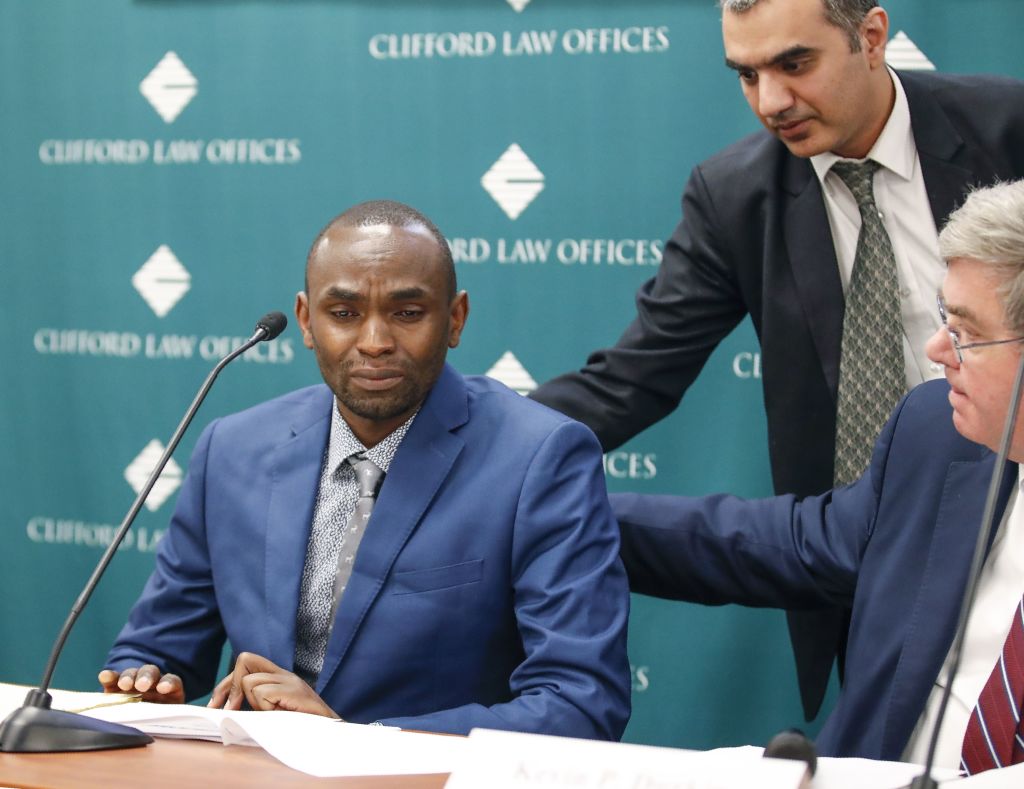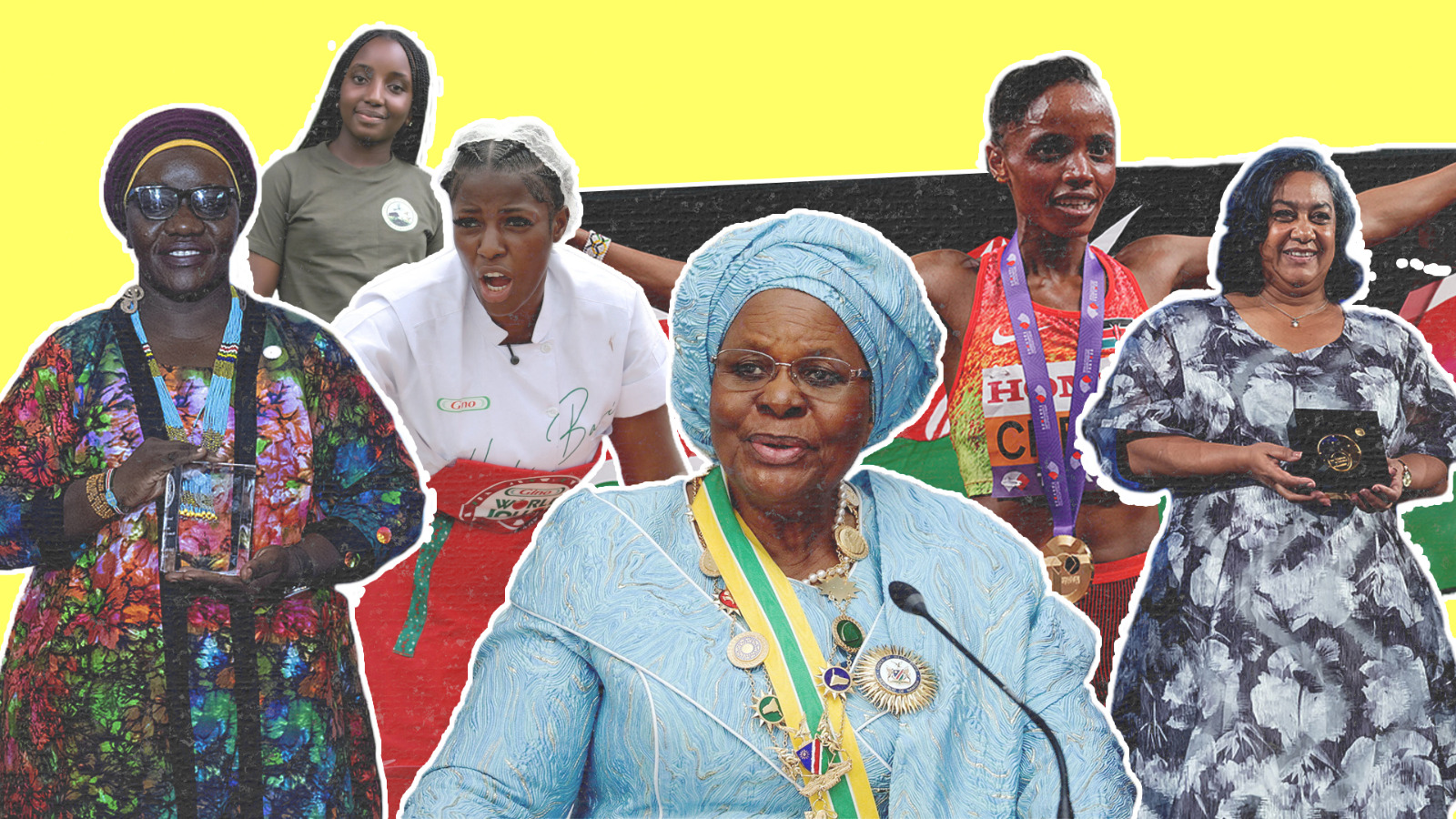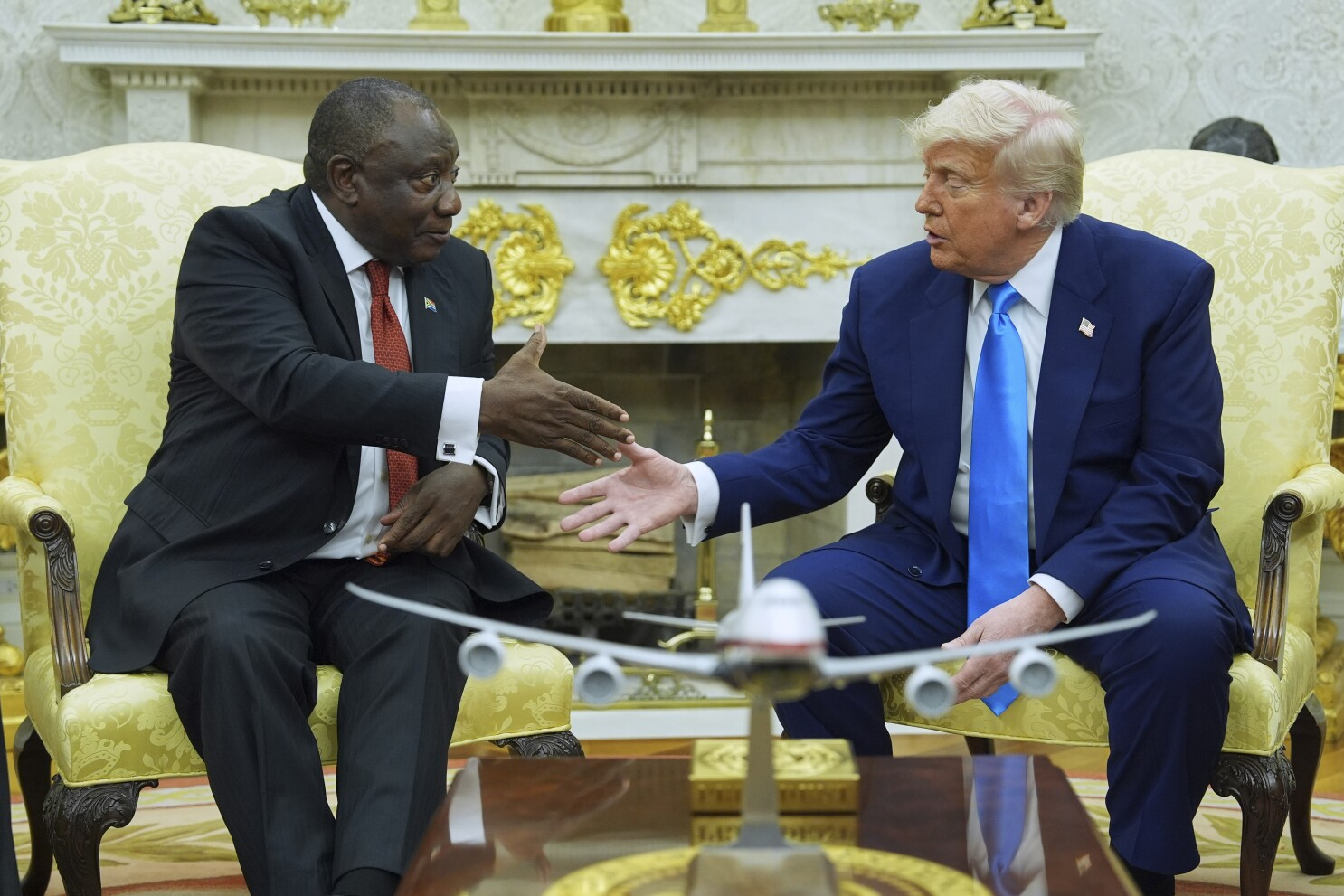
Boeing accused of negligence in connection to Ethiopian Airlines crash
Boeing was sued Monday by two Canadians who lost 10 family members in the March crash of a 737 Max in Ethiopia, adding to the aircraft manufacturer’s legal woes stemming from two deadly crashes by the jet.

Among the 157 people who died when Ethiopian Airlines Flight 302 crashed minutes after takeoff on March 10 were plaintiff Manant Vaidya’s mother, father, sister, brother-in-law and two nieces. Also on the doomed flight were the wife and three children of Paul Njoroge, the other plaintiff.
The Kenyan Foreign Affairs ministry has asked families of victims of the Ethiopian Airlines plane crash to secure a Grant of Representation from the court in order to get compensation.
A Grant of Representation is a document that confirms the legal status and ability to deal with the estate of someone who has died. It grants the bearer the powers to administer the estate of the deceased.
“The ministry would like to advise families and relatives of those who perished in flight ET 302 on March 10, while domiciled in Kenya, to obtain [the document] from Kenyan courts as required by the provisions of the Law of Succession Act of Kenya, in order to access compensation from Ethiopian Airlines,” Principal Secretary Michael Kamau said on Wednesday.
“The process is meant to ensure that only bona fide persons, i.e. holders of probate of a will or letters of administration of the estate of the deceased, access the compensation.”
The series of complaints, filed in a federal court in Chicago, allege that Boeing was negligent in its design and certification of the 737 Max, including a system on the jet that automatically pushes the aircraft’s nose down when sensor data indicate the plane is approaching a stall.
The Ethiopian Airlines crash and the October crash of a Lion Air 737 Max off the coast of Indonesia have been linked to the jet’s Maneuvering Characteristics Augmentation System, or MCAS, which automatically pushes down the aircraft’s nose to help prevent a stall. In both crashes, pilots struggled to keep the plane aloft after the system was activated by erroneous sensor data and ultimately pushed the planes into a fatal dive.
Compensation for victims of plane crashes is guided by the Montreal Convention.
One scenario provides for a minimum compensation – that every passenger must be compensated as long as they were injured or died while on the plane.
Currently, this amount is about $170,000 per passenger.
The compensation falls due after identification of the victim is done. But since the identification of bodies is going to be a nightmare for forensic experts, given that nobody was retrieved from the scene of the crash, this is likely to take a while.
Kenya had the largest number of citizens on the flight from Addis Ababa to Nairobi. At least 32 Kenyans were on board, the airline said at the time.






